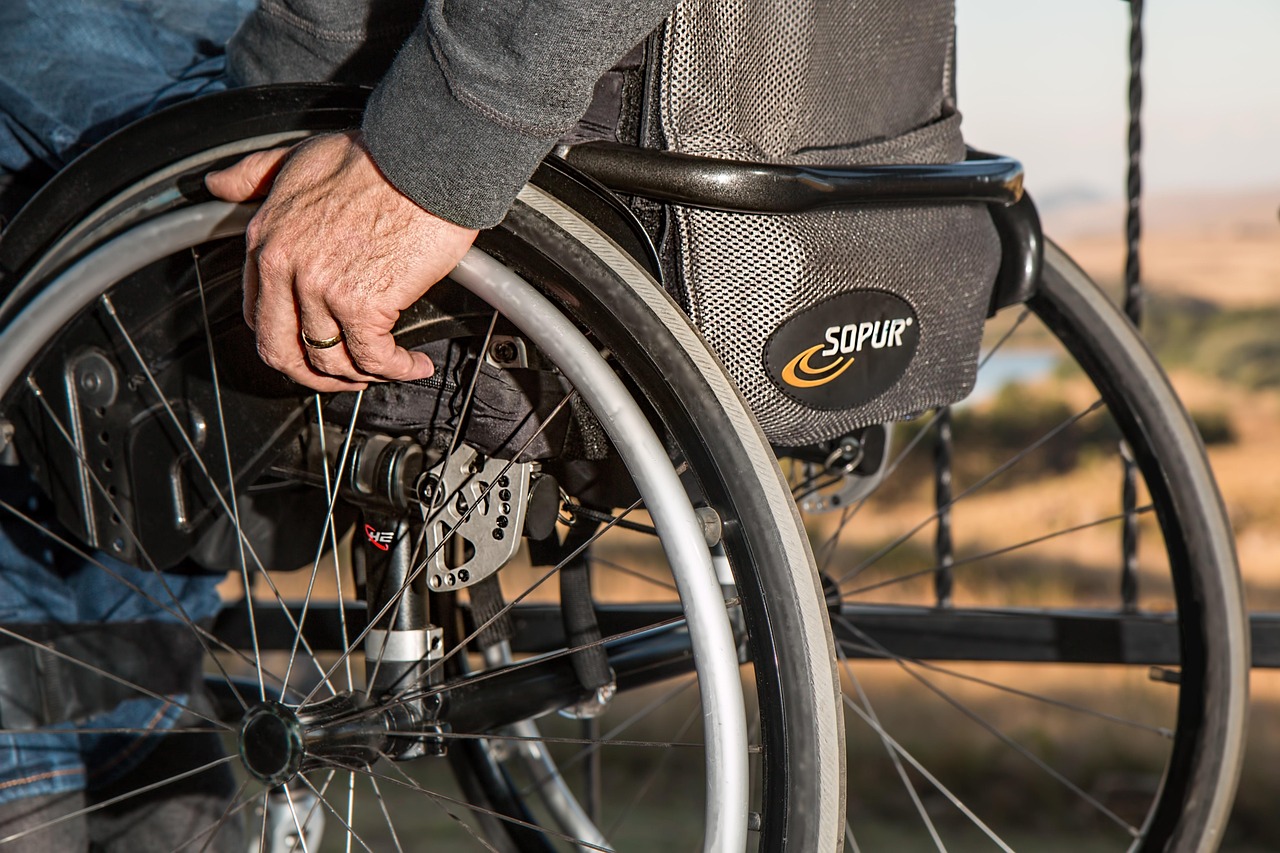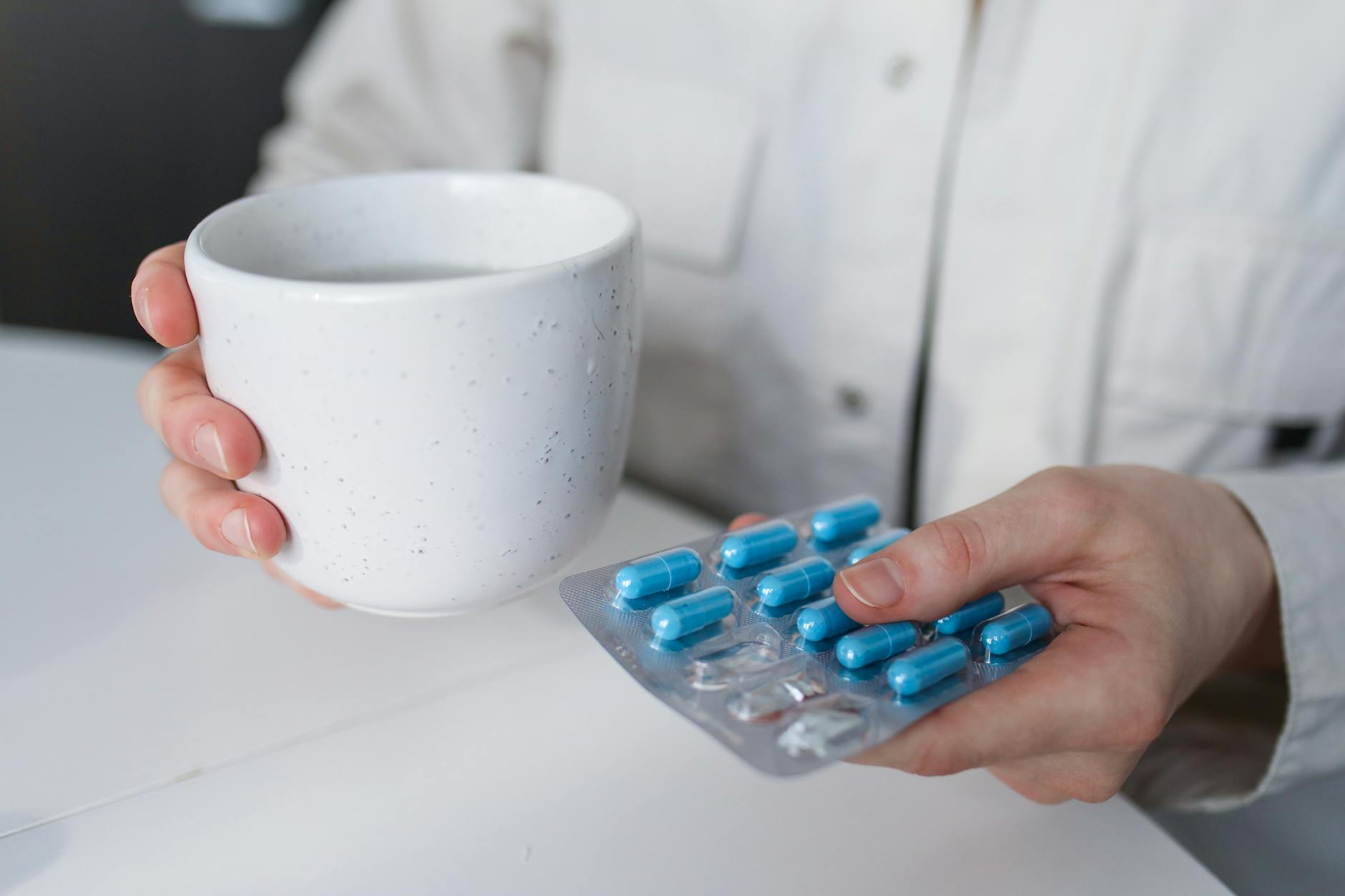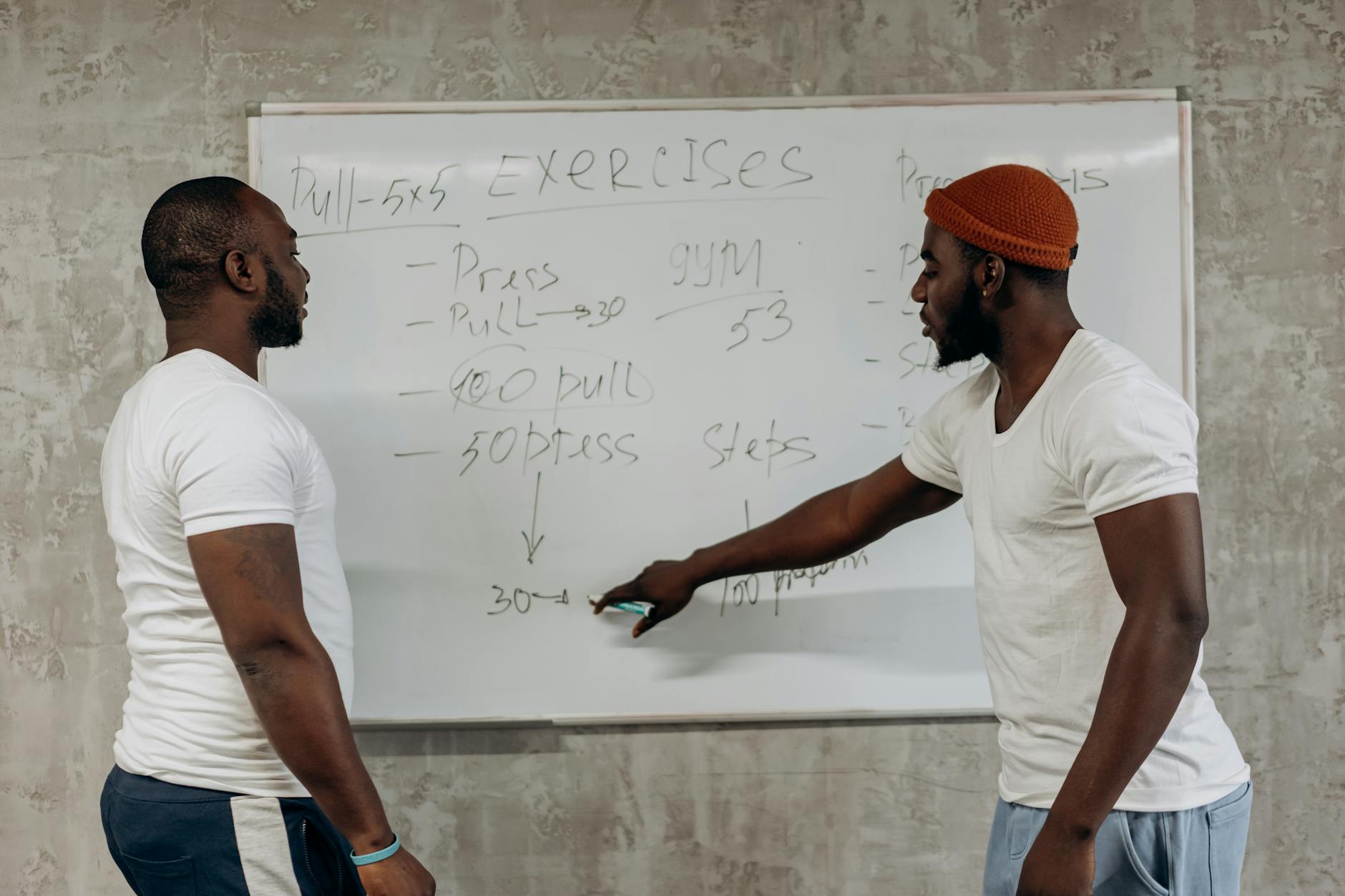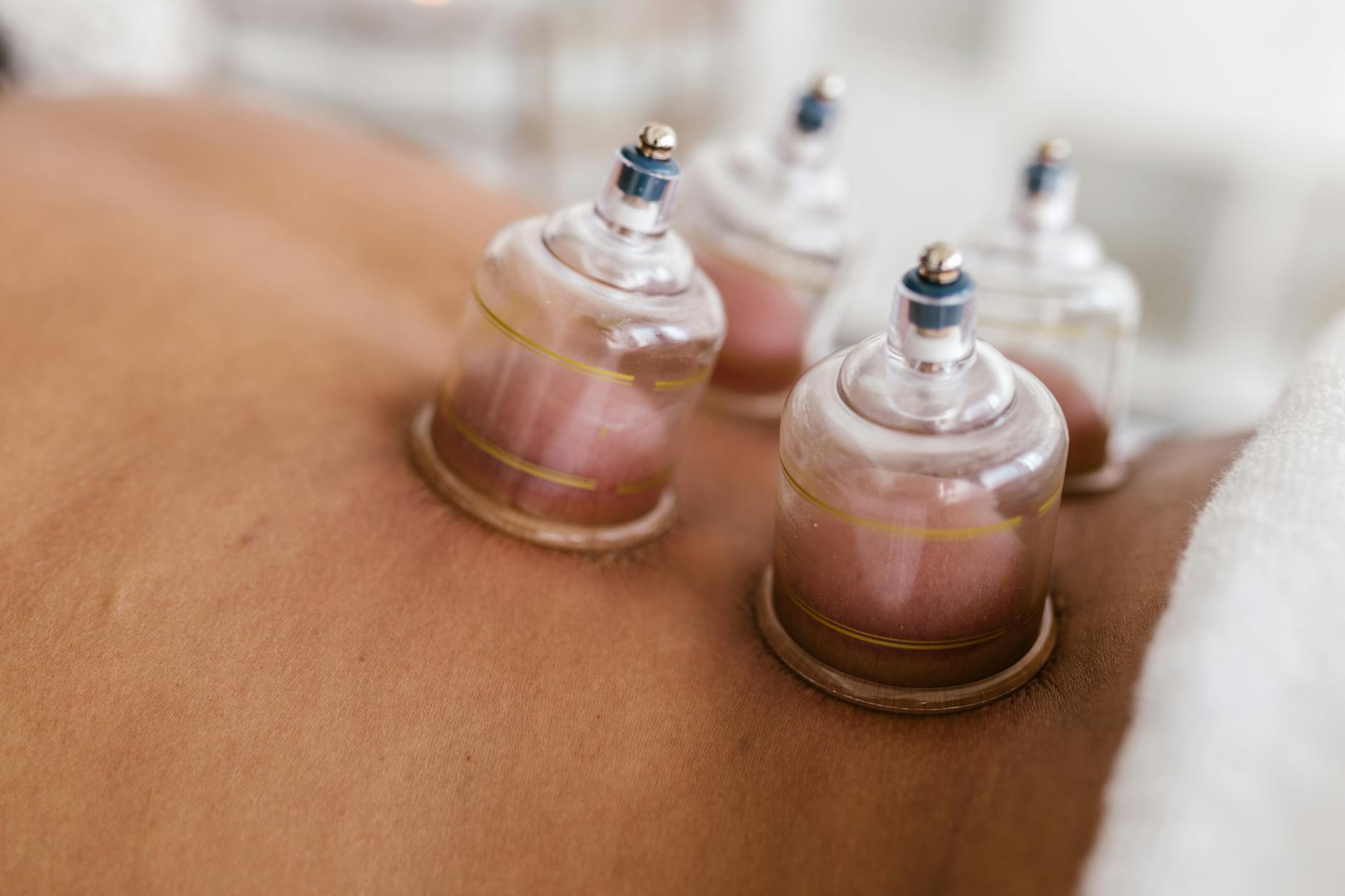Post-Workout Recovery:
Ever wonder why some athletes bounce back quickly while others struggle for days after intense training? The secret lies not in what happens during your workout, but in the critical hours that follow. In fact, studies show that up to 80% of your visible fitness results stem not from the exercises themselves, but from what you do afterward—particularly your nutritional choices and recovery practices.
Your body is speaking to you after every workout. Those aching muscles, that fatigue, the thirst—these are signals that demand attention. Ignoring them doesn’t make you tougher; it undermines your progress. Whether you’re dealing with chronic conditions like type 2 diabetes or simply trying to maximize your fitness journey, strategic recovery isn’t optional—it’s essential. From the science of muscle repair to the perfect post-workout meal (hint: you’ll need 25-50 grams of protein and specific carbohydrate ratios), proper hydration techniques to flush out lactic acid, and even the surprising benefits of 15-minute micro naps, this guide will transform how you approach the crucial “after” phase of exercise.
In the following sections, we’ll explore the fascinating science behind muscle recovery, optimal nutrition strategies, hydration as a powerful recovery tool, physical techniques like foam rolling and ice baths, smart supplementation, periodization planning, and specialized recovery approaches for specific health conditions. Let’s turn recovery from an afterthought into your secret weapon. 💪🔄
The Science of Muscle Recovery

Understanding the muscle repair process
When you crush a workout, you’re actually creating tiny tears in your muscle fibers. That’s not a bad thing – it’s exactly what needs to happen for your muscles to grow stronger. This damage triggers your body’s repair crew to rush in, and that’s where the magic happens.
Your body is way smarter than you think. The moment those muscle fibers tear, an inflammatory response kicks in. White blood cells flood the area to clear out damaged tissue. Then protein synthesis takes over, rebuilding those muscle fibers bigger and stronger than before.
This process isn’t instant. It unfolds in stages:
- Inflammation (0-2 days): Feels sore, looks swollen, but essential
- Repair (2-4 days): Protein synthesis works overtime
- Remodeling (5+ days): New muscle fibers mature and strengthen
The coolest part? Your body adapts specifically to whatever stress you put it under. Heavy lifting causes different adaptations than endurance training. This is called the SAID principle (Specific Adaptation to Imposed Demands).
Importance of recovery in fitness performance
Skip recovery and you’re shooting yourself in the foot. Seriously.
The gains you’re chasing? They happen during recovery, not during your workout. Your actual training session just provides the stimulus – the real growth occurs when you’re resting.
Too many people think more is always better. They train daily, targeting the same muscle groups without giving them time to heal. The result? Decreased performance, plateaued progress, and increased injury risk.
When you prioritize recovery, you’ll notice:
- Consistent strength gains
- Better workout quality
- Improved power output
- Faster reaction times
- Enhanced endurance
- Lower injury rates
Think of recovery as an active investment in your fitness future, not a passive waste of time. Elite athletes often spend more time on recovery than actual training – that should tell you something.
Balancing exercise intensity with proper rest periods
Finding the sweet spot between pushing hard and recovering well isn’t easy, but it’s crucial.
Your recovery needs directly correlate with how intensely you train. High-intensity workouts demand more recovery than moderate ones. It’s not one-size-fits-all.
For strength training, many experts recommend 48-72 hours before working the same muscle group again. But factors like your age, experience level, nutrition, and sleep quality all influence how quickly you bounce back.
Signs you need more recovery:
- Persistent soreness beyond 72 hours
- Decreased performance in subsequent workouts
- Unusually elevated resting heart rate
- Poor sleep quality
- Mood changes or irritability
- Decreased motivation
The best athletes master this balance through experience and body awareness. They know when to push and when to back off. They use tools like heart rate variability (HRV) tracking, performance metrics, and even simple journaling to monitor their recovery status.
Remember: sustainability trumps intensity. A consistent training schedule with proper recovery will always outperform a burnout-inducing regimen in the long run.
Optimal Post-Workout Nutrition

The 80/20 Rule: Why Diet Matters More Than Exercise
You’ve probably heard it before, but it’s worth repeating: you can’t out-train a bad diet. The 80/20 rule isn’t just some fitness influencer catchphrase—it’s the hard truth about your recovery results.
Here’s what it means: roughly 80% of your recovery benefits come from what you eat, while only 20% come from your actual workout. Shocking, right?
Think about it. You spend maybe an hour crushing it at the gym, but what are you doing the other 23 hours? Your body is constantly rebuilding, repairing, and recovering—and it needs the right materials to do that job.
I’ve seen countless gym warriors put in the work but sabotage their gains with poor nutrition. They’re the same folks wondering why they’re always sore, tired, and not seeing results despite “working their butts off.”
Protein Intake Guidelines (25-50g) and Timing
The post-workout protein window isn’t as narrow as we once thought, but timing still matters.
For optimal muscle recovery, aim for:
- 25-30g protein for most women
- 40-50g protein for most men
Your body doesn’t care if it’s chicken breast, whey protein, or plant-based options—it just needs those amino acids flowing.
The ideal timing? Within 2 hours after your workout. Your muscles are like sponges during this period, ready to soak up nutrients. But don’t panic if you can’t slam a shake immediately—just don’t wait until the next day.
Strategic Carbohydrate Consumption (20-30% of Total Intake)
Carbs aren’t the enemy—especially after a tough workout. They’re actually your secret weapon for recovery.
Post-workout, your muscles crave glycogen replenishment. Aim to make carbs about 20-30% of your post-workout meal. This isn’t the time for “low-carb heroics.”
Fast-digesting carbs work best right after training:
- White rice
- Potatoes
- Fruits
- Sports drinks (if you’re in a pinch)
For every hour of intense training, try to get roughly 0.5g of carbs per pound of bodyweight. This replenishes what you’ve burned and primes your muscles for repair.
The Role of BCAAs in Protein Synthesis (5g Daily Recommendation)
Branched-Chain Amino Acids (BCAAs) are the MVPs of the amino acid world when it comes to recovery. Leucine, isoleucine, and valine make up the trio that directly stimulates muscle protein synthesis.
The magic number? About 5g daily, with at least 2-3g of leucine (the most powerful of the three).
BCAAs work by:
- Kickstarting protein synthesis faster than whole protein sources
- Reducing muscle breakdown during intense sessions
- Decreasing delayed onset muscle soreness (DOMS)
The best part? They start working almost immediately after consumption, unlike whole proteins that require digestion first.
If you’re eating enough high-quality protein throughout the day, you might already be getting sufficient BCAAs. But during intense training blocks or when cutting calories, a dedicated BCAA supplement can be worth its weight in gold.
Hydration as a Recovery Tool

How water helps flush lactic acid from muscles
Ever felt that burning sensation during a hard workout? That’s lactic acid building up. Your muscles are basically screaming, “Hey, I need some water over here!”
Water isn’t just something you sip when you’re thirsty. It’s your body’s natural cleanup crew. When you’re properly hydrated, your blood circulation improves dramatically, helping to transport that pesky lactic acid away from your muscles and into your liver where it gets processed.
Think of your bloodstream as a highway. When there’s enough water, traffic flows smoothly, taking lactic acid away quickly. But when you’re dehydrated? Total traffic jam. The lactic acid sits there, making your muscles ache longer than necessary.
Water also helps balance your body’s pH levels, which can get thrown off when lactic acid accumulates. A glass of water post-workout is like hitting the reset button on your muscle chemistry.
Preventing strength loss through proper hydration
Did you know that just 2% dehydration can tank your performance by up to 20%? That’s not a typo.
When you sweat during exercise, you’re not just losing water – you’re losing electrolytes crucial for muscle contraction. Without proper hydration, your muscles literally can’t generate the same force. It’s like trying to run a car with a half-empty gas tank.
Your muscles are roughly 75% water. When that percentage drops, so does your strength. The proteins responsible for muscle contraction need water to function properly. No water? No strength.
Even more surprising – good hydration helps maintain muscle elasticity. Dehydrated muscles are stiff muscles, and stiff muscles are injury-prone muscles.
Recommended fluid intake for optimal recovery
The old “eight glasses a day” rule? Too simplistic for athletes. Here’s what really works:
Pre-workout: Drink 16-20 oz of water about 2 hours before exercise
During workout: 7-10 oz every 10-20 minutes
Post-workout: 16-24 oz for every pound lost during exercise
But water alone isn’t always enough. When you sweat heavily, you need to replace electrolytes too. A sports drink with sodium and potassium helps your body absorb and retain the water you’re drinking.
Your urine tells the truth about your hydration status. Clear or light yellow? You’re doing great. Dark yellow? Grab that water bottle immediately.
Timing matters too. Chugging a gallon right after your workout isn’t as effective as steady sipping throughout your recovery period. Your body absorbs fluids better in smaller, consistent amounts rather than one massive dose.
Physical Recovery Techniques

Foam Rolling Benefits and 15-Minute Daily Protocol
Ever finished a workout and felt like your muscles were tied in knots? That’s where foam rolling comes in. This self-massage technique breaks up those nasty adhesions between muscle layers that cause tightness and pain.
Look, I’m not saying foam rolling is magical, but it’s pretty close. It increases blood flow, reduces muscle tension, and improves range of motion. Plus, it’s way cheaper than booking weekly massage appointments.
Here’s your 15-minute daily protocol that hits all the major trouble spots:
- Calves: 2 minutes (1 minute per leg)
- Hamstrings: 3 minutes (1.5 minutes per leg)
- Quads: 3 minutes (1.5 minutes per leg)
- IT Bands: 2 minutes (1 minute per side)
- Upper Back: 3 minutes
- Lats: 2 minutes (1 minute per side)
The trick? Roll slowly. Find those tender spots and hang out there for 20-30 seconds. Yeah, it’ll hurt, but that’s how you know it’s working.
Ice Bath Immersion for Inflammation Reduction (10-Minute Routine)
Cold therapy isn’t just for professional athletes anymore. Ice baths are brutal but effective for reducing inflammation and speeding up recovery.
The science is solid: cold exposure constricts blood vessels and reduces metabolic activity, which limits swelling and tissue breakdown. When you warm up afterward, fresh blood rushes in, bringing nutrients and removing waste products.
Your 10-minute ice bath routine:
- Water temperature: 50-59°F (10-15°C)
- Immersion time: Start with 3 minutes, build to 10
- Breathing technique: Slow, deep breaths through your nose
- Focus points: Submerge lower body first, then shoulders if you can handle it
Can’t stomach a full ice bath? Try contrast therapy instead—alternate 1 minute in cold water with 1 minute in warm water, repeating 5 times.
Mobility Exercises Using Specialized Tools
Recovery isn’t just about rest—it’s about restoring movement patterns. Specialized mobility tools target areas that foam rollers can’t reach.
The game-changers in your recovery arsenal should include:
- Lacrosse balls: Perfect for pinpoint pressure on stubborn knots in your glutes, shoulders, and feet
- Massage guns: Deliver deep, rapid percussion that breaks up fascial restrictions in seconds
- Mobility bands: Create space in joints while you stretch for greater range of motion
- Floss bands: Compress tissue while moving through ranges to break adhesions
Try this daily five-minute mobility routine with these tools:
- Ankle circles with floss bands (30 seconds each ankle)
- Hip capsule mobilization with lacrosse ball (1 minute each side)
- Thoracic spine extension over foam roller (1 minute)
- Shoulder capsule release with massage gun (30 seconds each shoulder)
Micro-Naps (15-20 Minutes) for Heart Health and Stress Management
The power nap isn’t just for toddlers and Mediterranean cultures. A strategic 15-20 minute micro-nap is a recovery superpower.
During these short sleep sessions, your body releases growth hormone, reduces cortisol (the stress hormone), and gives your nervous system a much-needed reset. Research shows regular nappers have better heart health markers and lower stress levels.
The perfect micro-nap strategy:
- Timing: 1-2 hours post-workout is ideal
- Duration: Keep it under 20 minutes to avoid sleep inertia
- Environment: Cool, dark room or use an eye mask and noise-canceling headphones
- Pre-nap: Drink a small cup of coffee (it takes 20 minutes for caffeine to kick in, so you’ll wake up energized)
Most people hit an energy slump between 1-3 PM, making this the perfect window for your recovery nap. Set an alarm, and don’t feel guilty—you’re not being lazy, you’re optimizing recovery.
Supplementation for Enhanced Recovery

Essential vitamins for combating exercise-induced free radicals
Those brutal workouts you love? They create oxidative stress in your body. Imagine tiny cellular wildfires that need to be put out – that’s what free radicals do. When you’re pushing through that last set, your body’s producing these unstable molecules like crazy.
Antioxidants are your body’s firefighters. They neutralize these free radicals before they damage your cells and slow down recovery. That’s where vitamins come in.
Studies show athletes who supplement with antioxidant vitamins recover faster and experience less muscle soreness. But not all supplements are created equal. The key is knowing which ones actually work and when to take them.
The importance of vitamins C, D, E, and ALA
Vitamin C isn’t just for fighting colds. It’s crucial for collagen synthesis – the stuff that helps repair your tendons and ligaments after a tough workout. Most people need about 75-90mg daily, but active folks might benefit from 200mg post-workout.
Vitamin D is the recovery superstar nobody talks about enough. Beyond bone health, it reduces inflammation and supports immune function. And guess what? About 42% of Americans are deficient. If you’re training indoors or live somewhere with limited sunshine, you’re probably one of them.
Vitamin E works directly at the cellular membrane level, protecting cells from oxidative damage. It’s fat-soluble, so take it with a meal containing healthy fats.
Alpha-lipoic acid (ALA) is your secret weapon. It’s both water and fat-soluble, meaning it works throughout your entire body. It also helps regenerate other antioxidants, creating a cascade effect of protection.
Multivitamins as dietary insurance against deficiencies
Real talk – even with the perfect diet, you might still miss some nutrients. Training hard increases your nutritional needs beyond what most people can consistently eat.
Multivitamins serve as your nutritional safety net. Think of them as insurance, not a replacement for good food. The best ones provide a comprehensive spectrum of nutrients in bioavailable forms your body can actually use.
But timing matters. Taking your multi with your post-workout meal increases absorption of certain nutrients when your body needs them most. Some vitamins are best absorbed with food (especially the fat-soluble ones), while others compete for absorption pathways.
Look for multivitamins specifically formulated for active individuals. These typically contain higher amounts of B vitamins for energy metabolism and minerals lost through sweat.
Don’t expect overnight miracles though. Consistent supplementation works over time, supporting your recovery systems day after day, workout after workout.
Periodization and Recovery Planning

Implementing deload weeks to prevent plateaus
Ever pushed yourself hard for weeks, only to find your progress grinding to a halt? That’s your body waving a white flag. Deload weeks aren’t just fancy fitness jargon—they’re your secret weapon against plateaus.
A deload week means deliberately reducing your training intensity by about 40-60%. Think lighter weights, fewer sets, or shorter sessions. Your body isn’t being lazy; it’s rebuilding stronger.
Most serious athletes schedule deloads every 4-6 weeks, but here’s the thing—your body doesn’t follow a calendar. Watch for warning signs:
- Persistent soreness lasting more than 48 hours
- Declining performance despite consistent effort
- Trouble sleeping or feeling constantly fatigued
- Lack of motivation to train
During your deload, don’t just sit around. Focus on technique with lighter loads, increase mobility work, or try active recovery like swimming or yoga. Your nervous system needs the break as much as your muscles do.
Adjusting recovery strategies based on personal fitness levels
The recovery method that works for your marathon-running friend might not work for you. That’s not a failure—it’s just smart training.
Beginners need more recovery time between workouts—typically 48-72 hours for the same muscle groups. Your body isn’t conditioned yet to bounce back quickly. Focus on quality sleep and proper nutrition first before worrying about fancy recovery gadgets.
Intermediate athletes can train more frequently but should pay attention to recovery quality. This is where techniques like contrast showers (alternating hot and cold water) or foam rolling become valuable additions.
Advanced athletes often need the most structured recovery protocols because they’re pushing their physical limits. Their bodies are efficient at recovery but have higher training demands.
Consider this personalized approach:
| Fitness Level | Recovery Time | Primary Focus | Advanced Techniques |
|---|---|---|---|
| Beginner | 48-72 hours | Sleep & nutrition | Basic stretching |
| Intermediate | 24-48 hours | Mobility work & active recovery | Foam rolling, contrast therapy |
| Advanced | Varies by training phase | Periodized recovery | Compression gear, targeted nutrition timing |
Creating a sustainable long-term recovery routine
Recovery isn’t something you do once when you’re sore—it’s a lifestyle approach that evolves with your training.
Start by building non-negotiables into your weekly schedule:
- One complete rest day (seriously, no workout)
- Daily mobility work (even 5-10 minutes counts)
- Sleep priority nights (7-9 hours, no compromises)
- Hydration targets based on your body weight
Next, create seasonal adjustments. Your summer recovery routine might include more cold immersion while winter could focus on sauna sessions or hot baths.
The sustainability secret? Link recovery habits to existing routines. Foam roll while watching your favorite show. Do mobility work while your coffee brews. Place your recovery tools where you’ll see them daily.
Track recovery effectiveness with simple metrics like morning resting heart rate, grip strength, or even mood ratings. If you notice trends slipping, adjust before you hit a wall.
Remember that perfect recovery planning doesn’t exist. The best recovery strategy is the one you’ll actually do consistently over months and years.
Recovery for Specific Health Conditions
Adapting Recovery Protocols for Chronic Diseases
Recovery isn’t one-size-fits-all, especially when you’re managing a chronic condition. If you’re dealing with diabetes, your body processes nutrients differently, so timing your post-workout carbs becomes even more critical. Monitoring your blood sugar before, during, and after exercise helps you adjust your recovery nutrition accordingly.
Heart patients need to pay special attention to their exercise intensity and recovery periods. While most people might push through fatigue, you’ll want to respect those warning signs and give yourself extra rest days when needed. Your recovery heart rate is also a vital metric to track—it should return to normal faster as your fitness improves.
For those with asthma, cool-down routines should be longer and more gradual to prevent exercise-induced bronchospasm. Keep your rescue inhaler handy and consider indoor recovery on high-pollen or cold days.
Special Considerations for Inflammatory Conditions
Rheumatoid arthritis, lupus, or Crohn’s disease? Your recovery game needs to be next-level smart. Inflammation is already your daily battle, so don’t let intense workouts make it worse.
Cold therapy works wonders for most inflammatory conditions—ice baths or cryotherapy can reduce post-workout inflammation without messing with your medication’s effectiveness. But timing matters! Some people find that icing immediately after exercise works best, while others need to wait an hour.
Anti-inflammatory foods become your secret weapon. Tart cherries, fatty fish, and turmeric can complement your medical treatment plan. But here’s the thing—avoid taking NSAIDs routinely for workout soreness if you have an inflammatory condition. They might mess with your gut or interact with your prescription meds.
Community Resources for Condition-Specific Recovery Support
Finding others who get your unique recovery challenges makes all the difference. The Arthritis Foundation offers virtual workout recovery groups specifically designed for joint conditions. They connect you with physical therapists who understand how to modify standard recovery protocols.
Diabetes exercise communities like “Sugars and Squats” provide peer support and practical tips for managing glucose levels during the critical post-workout window. Their online calculators help you determine your ideal recovery snack based on your workout intensity and current readings.
Many hospitals now offer cardiac rehab programs with take-home recovery protocols. They’ll teach you exactly how to monitor your recovery metrics and when to adjust your approach.
Don’t overlook condition-specific apps like “ChronicAlly” or “InflammAction” that track your symptoms alongside your workouts and recovery sessions. These tools help you spot patterns between specific exercises and flare-ups, so you can fine-tune your recovery strategy over time.

Effective recovery isn’t just an optional part of fitness—it’s essential for achieving your fitness goals and maintaining overall health. As we’ve explored throughout this post, recovery encompasses multiple dimensions: from understanding the science behind muscle repair to implementing proper nutrition with the right balance of carbohydrates and proteins, especially those crucial 25-50 grams of protein post-workout. Hydration remains a cornerstone of recovery, with even slight dehydration significantly impairing strength and performance. Physical techniques like foam rolling for 15 minutes daily and strategic ice baths can substantially improve flexibility and reduce inflammation, while thoughtful supplementation with BCAAs and essential vitamins provides additional support for your body’s recovery processes.
Remember that recovery needs are highly individualized based on your specific health conditions, fitness level, and goals. Whether you’re managing a chronic condition or simply looking to optimize your workout results, implementing a periodized approach that includes strategic deloading weeks will prevent burnout and promote consistent progress. Take time to develop a personalized recovery strategy that incorporates the techniques discussed—your future performance and long-term health depend on how well you recover today. Your body will thank you with improved performance, reduced injury risk, and sustainable fitness progress for years to come.

